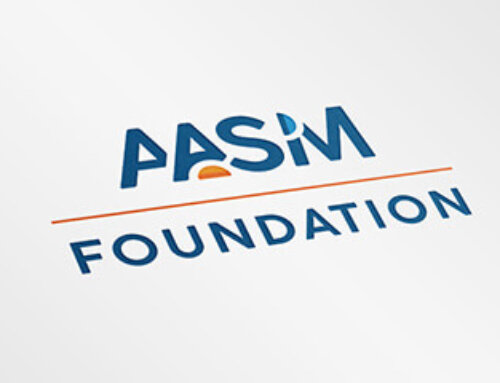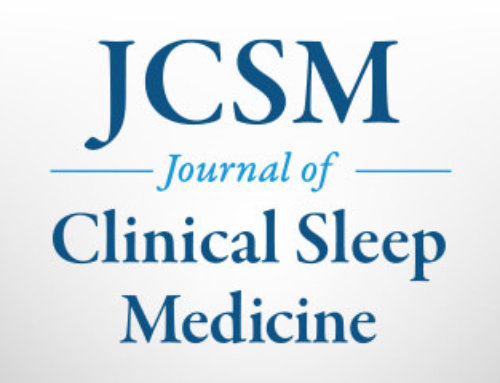Westchester, Ill. — A study in the Dec. 1 issue of the journal Sleep shows that the use of light exposure therapy, dark sunglasses and a strict sleep schedule can help night-shift workers create a “compromise circadian phase position,” which may result in increased performance and alertness during night shifts while still allowing adequate nighttime sleep on days off.
Results show that performance was better for the experimental subjects than the controls. When the phase delays of the experimental group had likely reached the compromise circadian position, performance for this group was close to the level during day shifts, demonstrating fast reaction times with low variability and few or no lapses. In contrast, the control group continued to show longer and more variable reaction times on all night shifts.
“The major finding of this study was that complete physiological adaptation to a night shift and day sleep schedule does not appear necessary in order to improve night shift alertness and lengthen daytime sleep,” said lead author Mark Smith, post-doctoral fellow in the Biological Rhythms Research Laboratory at Rush University Medical Center in Chicago. “Instead, we found that partial physiological adaptation using scheduled exposure to light and darkness is sufficient to bring night shift performance back to daytime levels.”
This study, which was number three in a series of five conducted between May and October 2007, was to establish a compromise phase position for permanent night shift work, in which the circadian clock is delayed to only partially align with the day sleep period. This partial entrainment could reduce the performance and alertness decrements during night shifts and allow a sleep schedule that is compatible with both night shifts and days off.
“Despite the effectiveness of complete adjustment to a night shift schedule for improving nighttime alertness and lengthening daytime sleep, we think that most real shift workers want to be awake on their days off, and so would be unwilling to adopt such a schedule because of the social constraints that are associated with it,” said Smith.
Twenty-four healthy subjects were included in the study, with both the experimental and control groups composed of seven women and five men. All subjects were young, but the experimental group was significantly older than the control group (average age of 28.9 years versus 23.7 years). Subjects did not work night shifts in the three months preceding the study and did not travel across more than three time zones in the month preceding the study.
Subjects underwent a total of seven simulated night shifts from 11 p.m. to 7 a.m. with two days off. Experimental subjects slept in dark bedrooms at scheduled times: 8:30 a.m. to 3:30 p.m. after the first two night shifts, from 8:30 a.m. to 1:30 p.m. after the third night shifts, from 3 a.m. to 12 p.m. on the two weekend days off, and again from 8:30 a.m. to 3:30 p.m. after the final four night shifts. They also were exposed to five, 15-minute, intermittent bright light pulses each night shift; wore dark sunglasses when outside; and received outdoor afternoon light exposure. Control subjects remained in normal room light during night shifts, wore lightly tinted sunglasses when outside, and had unrestricted sleep and outdoor light exposure. Measurements of performance were assessed with the Automated Neurophysioloical Assessment Metrics (ANAM) test battery on desktop computers. The ANAM battery included simple reaction time, procedural memory, code substitution, mathematical processing and matching simple tasks.
Subjects in the experimental group achieved a dim light melatonin onset (DLMO) time of 4:30 a.m., which was close to the target compromise phase position and significantly later than the control group’s DLMO time of 12:30 a.m. The body temperature minimum (Tmin), an estimate for the sleepiest circadian time, occurs about seven hours after the DLMO. The goal was to delay the sleepiest circadian time so that it fell within the sleep episodes after night shifts and on days off, but to keep it from delaying too far beyond the scheduled sleep episodes on days off.
The data suggest that in addition to adopting the recommended sleep pattern and wearing sunglasses, night-shift workers who use bright light exposure therapy will be able to alter their circadian rhythm in order to improve performance during night shift work, continue day-time interaction with peers and have the ability to sleep at night on days off.
Sleep is the official journal of the Associated Professional Sleep Societies, LLC (APSS), a joint venture of the American Academy of Sleep Medicine and the Sleep Research Society.The APSS publishes original findings in areas pertaining to sleep and circadian rhythms. Sleep, a peer-reviewed scientific and medical journal, publishes 12 regular issues and 1 issue comprised of the abstracts presented at the SLEEP Meeting of the APSS.
For a copy of the study, “Night Shift Performance is Improved by a Compromise Circadian Phase Position: Study 3 Circadian Phase after 7 Night Shifts with an Intervening Weekend Off,” or to arrange an interview with an AASM spokesperson, please contact Kelly Wagner, AASM public relations coordinator, at (708) 492-0930, ext. 9331, or kwagner@aasm.org.
AASM is a professional membership organization dedicated to the advancement of sleep medicine and sleep-related research. As the national accrediting body for sleep disorders centers and laboratories for sleep related breathing disorders, the AASM promotes the highest standards of patient care. The organization serves its members and advances the field of sleep health care by setting the clinical standards for the field of sleep medicine, advocating for recognition, diagnosis and treatment of sleep disorders, educating professionals dedicated to providing optimal sleep health care and fostering the development and application of scientific knowledge.
###




